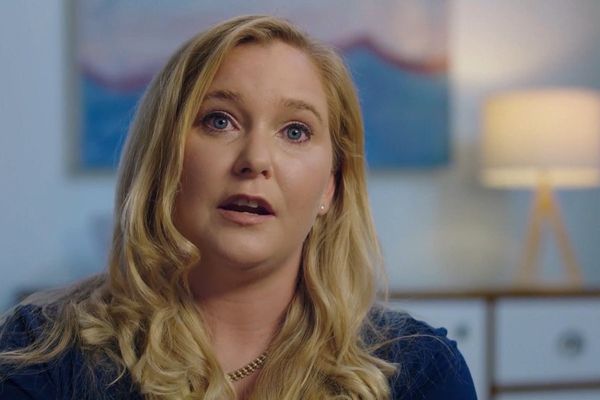A Western Sydney suburb scheduled for fast-tracked rezoning has a list of issues that may be too long to overcome, experts say.
Camellia-Rosehill near the Parramatta CBD, and on the Parramatta River, has been listed among the 10 areas the NSW government has earmarked for thousands of new homes.
The industrial precinct was also home to the James Hardie asbestos-cement factory from 1917 to 1993 — the government wants people to live there in high-rise towers.
While no longer standing, the Hardie factory site is currently shut off from the public, with asbestos packed under concrete, requiring further work to clear and make it safe prior to any development.
"The Camellia-Rosehill precinct has significant issues with remediation, with flooding, traffic … open spaces and community facilities," Parramatta Lord Mayor Donna Davis said.
"For Camellia to succeed it needs the infrastructure to support it," she said.
Recycling, metal works, and the manufacturing of pharmaceuticals, chrome chemicals, and arsenic-based herbicides, were also carried out across the industrial precinct.
Cr Davis said the government needs to first outline funding to ensure the site can be developed before rezoning.
"What's really important is the funding is in place for remediation and flood mitigation, so the success of Camellia is ensured from the outset."
On Monday, NSW Premier Dominic Perrottet said making sure homes are available is most important.
“We need to keep building homes, we can't have an Australia that can't house its children,” he said.
The Department of Planning and Environment (DPE) acknowledged works need to be carried out, and said Camellia's development would be made after "further consultation with the community and stakeholders".
"A place strategy was released last month to guide the renewal of the precinct including identifying future planning work, such as a precinct-wide flood risk study and plan, [and an] integrated transport study," a DPE spokesperson said.
"This will be completed during the rezoning phase."
In that strategy, the state government said contaminants from years of industrial works had leached into the groundwater and soil.
It also outlined the nearby wastewater pumping station would be an odour issue, and nearby James Ruse Drive, a busy stretch of road, would make for noise issues.
The ABC understands there have been several land contamination investigations undertaken at the site since 2015.
"I don't know what the overall figure for remediation would be, but it would be significant," Cr Davis said.
"That's why the cost of the remediation — who is going to fund it and what needs to be done, should be worked out before the rezoning."
The DPE project will see more than 70,000 dwellings built following the rezoning approvals across the city's west.
Appin in the south-west, Orchard Hills near Penrith, and Riverstone north of Blacktown, will also see rezoning efforts expedited.
Western Sydney University associate professor in urban development Awais Piracha said migrants are being "dumped" in new areas.
"What's happening is in Sydney most of the population growth takes place because of international migration.
"We are dumping thousands and thousands, or tens of thousands of people into these areas."
Dr Piracha said high-density living will deepen the social divide between Sydney's east and west.
"Transportation, the health facilities, the educational facilities, cultural facilities are just not there for these people in Western Sydney.
"The hospital system in Western Sydney is struggling."







